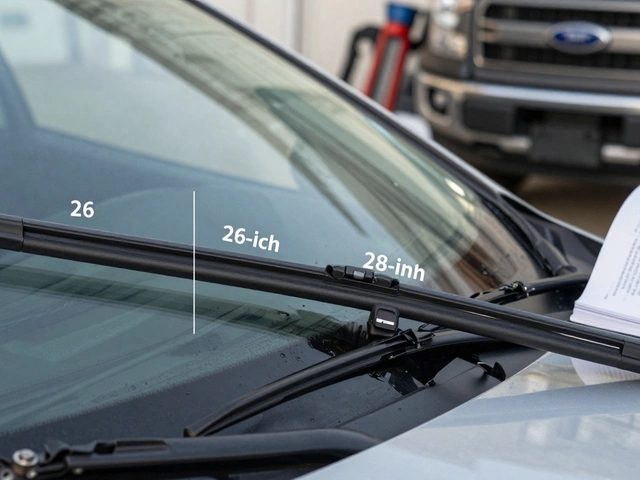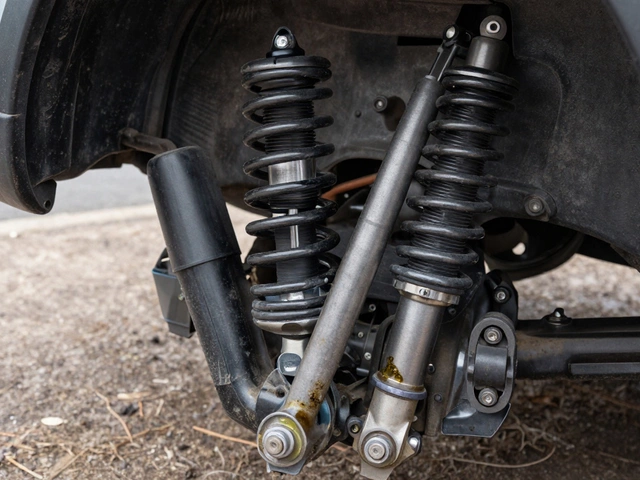Cleaning Spark Plugs: Signs You Need It and What Happens If You Don't
When your car sputters, stalls, or won’t start without a jump, the problem might not be the battery—it could be your spark plugs, small but critical components that ignite the fuel-air mixture in your engine. Also known as ignition plugs, they’re the heartbeat of your engine’s combustion cycle. If they’re dirty, worn, or gapped wrong, your engine doesn’t just lose power—it wastes fuel, emits more pollution, and risks long-term damage.
Most people think spark plugs last forever until they fail completely. But the truth is, they degrade slowly. Carbon buildup, oil fouling, and electrode erosion happen over time—even if your car runs fine. You don’t always get a warning light. Instead, you notice your car feels sluggish on acceleration, your fuel economy drops by 10-20%, or you hear a rhythmic ticking under the hood. These aren’t random glitches. They’re your engine begging for clean, properly functioning spark plugs. Cleaning them can sometimes bring them back to life, but only if the damage isn’t too far gone. Replacing them is often cheaper and safer than trying to clean old, worn-out ones.
What you’re really dealing with when you think about cleaning spark plugs is engine performance, how efficiently your engine converts fuel into motion. Dirty plugs cause misfires, which means some cylinders aren’t firing right. That’s not just a hiccup—it’s unburned fuel washing down into your oil, overheating your catalytic converter, and eventually killing your engine’s efficiency. And if you’ve ever seen a spark plug covered in thick black soot or white crusty deposits, you’ve seen the result of ignoring maintenance. It’s not magic—it’s physics. The gap between the electrodes gets wider, the voltage needed to jump it goes up, and your ignition system can’t keep up.
Some people try to clean spark plugs with sandpaper or wire brushes. It sounds smart, but it’s risky. You can easily scratch the ceramic insulator or bend the electrode, making things worse. Even if you clean them perfectly, the metal parts wear out. A spark plug isn’t like a filter you can rinse and reuse. It’s a precision part designed for a specific lifespan—usually 30,000 to 100,000 miles depending on the type. If you’re past that, cleaning won’t fix the real problem: age.
That’s why the posts below don’t just talk about cleaning spark plugs—they show you what happens when you skip replacement, how to tell if yours are failing, and what real-world signs point to a deeper issue. You’ll find clear guides on diagnosing misfires, understanding fuel economy drops, and knowing when it’s time to swap them out. No guesswork. No fluff. Just what you need to know to keep your engine running smoothly without paying for avoidable repairs.





